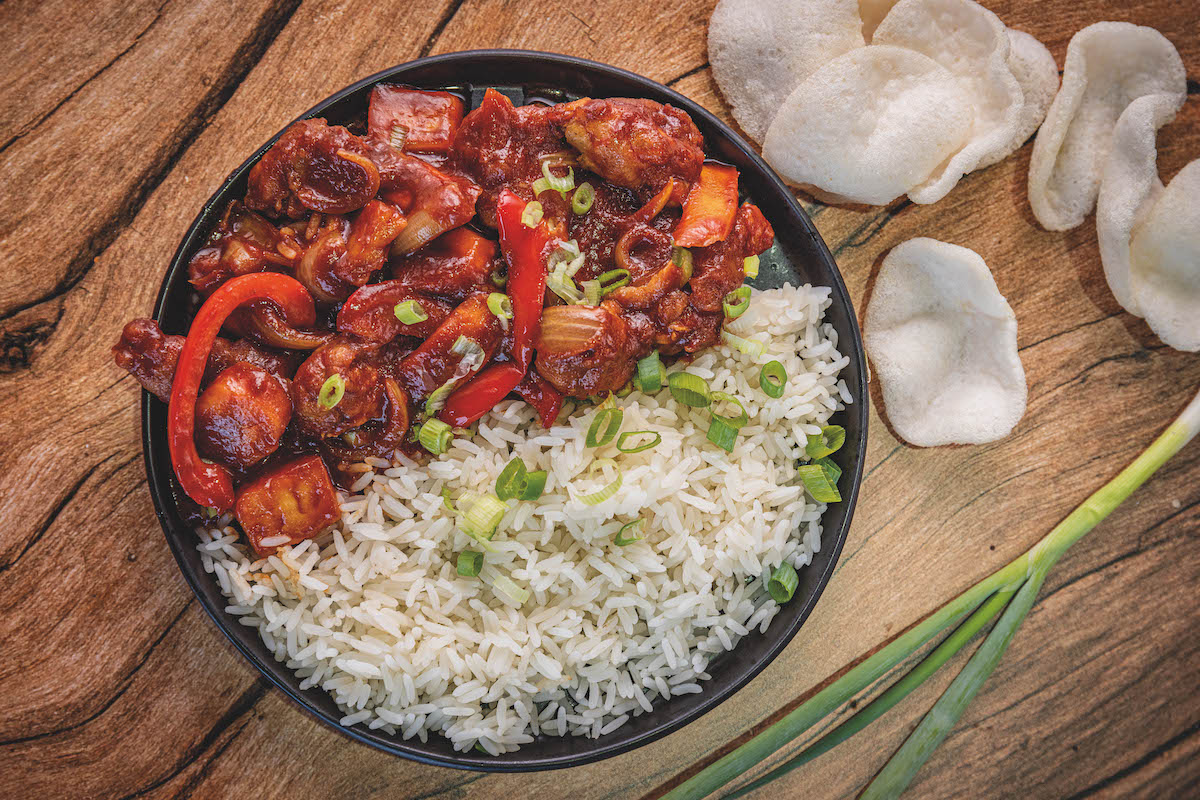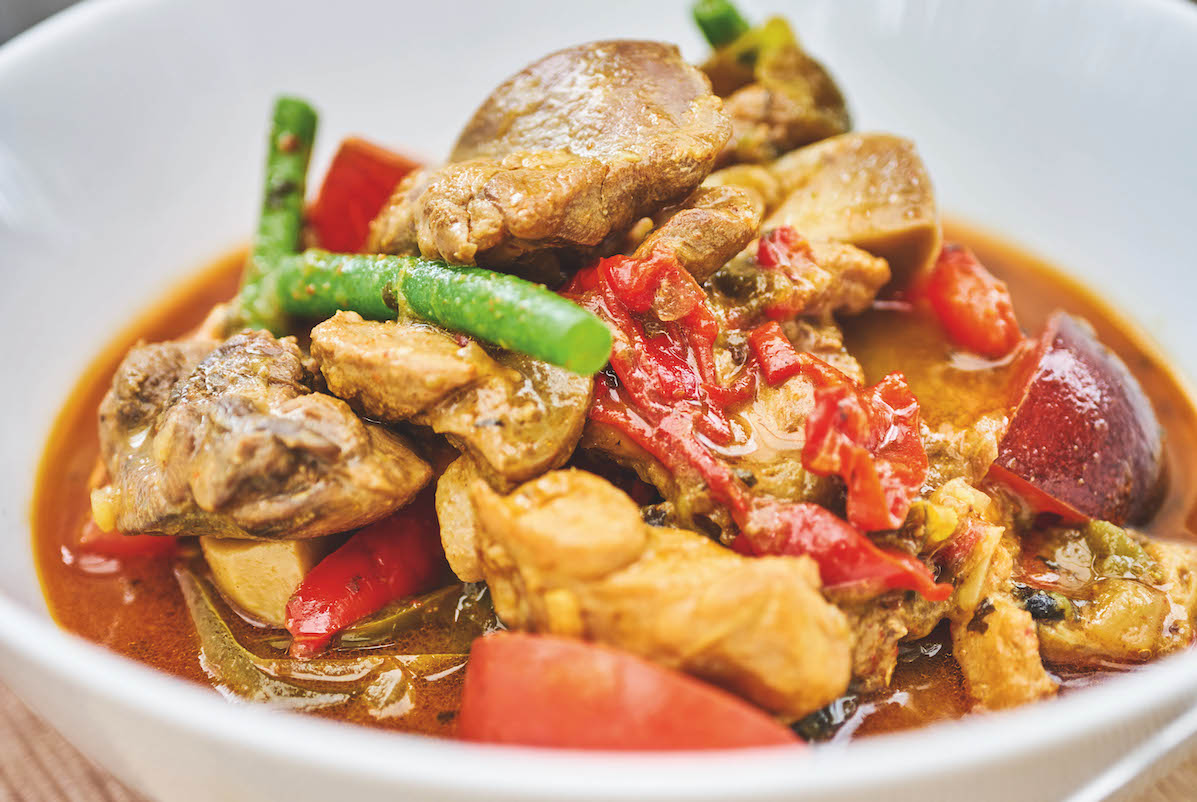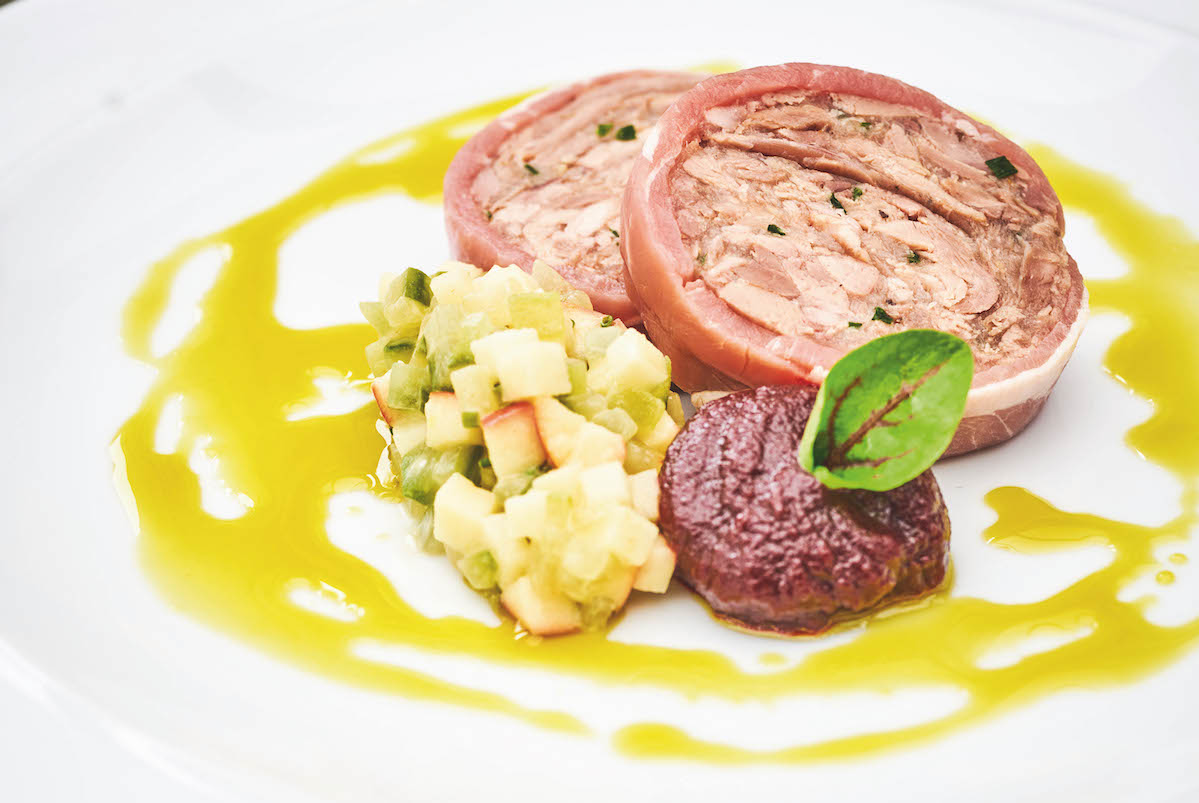Five recipes that use the whole of a pheasant
Sometimes the best bits of a pheasant get forgotten about, says Rose Prince. So here are five recipes that use a pheasant in full.
The principle of making the most of what you’ve got was never absent from our great-grandmothers’ kitchens. Yet today commercial poultry is rarely sold with the giblets, head or feet and game dealers rarely keep back the livers, an exceptionally good piece of offal due to the amount of corn a pheasant eats.
Using the whole pheasant makes several meals
Cooks plead time poverty, which is understandable, but with a few minutes’ preparation and less than an hour of simmering, transforming pheasant bones into broth gives you a meal three-quarters ready made.
Unconvinced? I did the sums: one pheasant, plucked and drawn, cost £3. From this I made a main course for two, a snack for two and soup for two. One bird contributed to six healthy helpings of food at 50p a serving. This is not only great economics, it makes better use of what can be an unrewarding bird to cook.
So here are some tips for using the whole pheasant when you’re cooking one

Butchering the pheasant
Butchering your bird
- Snip the wings from the carcass at the joint nearest the body. Place in a roasting pan to be used for the stock. Remove the head and most of the neck with a chopper — the pheasant’s neck bone is delicate, so easy to cut through with an ordinary cook’s knife, too. Discard the head. The remainder of the neck can also be roasted for the stock.
- Clean the cavity – being careful to remove the liver intact as it is soft. If the kidneys are not too tiny, keep them aside with the heart. Snip off any extra fat or ducts connected to the offal. Set to one side.
- Remove the legs from the carcass, using a pointed knife to cut around the thigh. Cut through the joint nearest the body with game shears or a knife.
- Cut or shear the backbone section away from the crown, adding it to the roasting pan with the wings and neck.
Removing the legs first and slow roasting will yield a lot more tender and scrumptious meat. The breast meat cooks better on the crown, with less of a chance of becoming dry. It’s win-win — and it is respectful. So much time and effort is put into the rearing and showing of these gamebirds — let’s make the most of them by using the whole pheasant.

Ready for the oven
Pheasant crown and parsnip roast recipe.
Separated from the rest of the carcass, the crown needs little more than half an hour in a hot oven. Serve with buttered greens.
Ingredients (serves two)
- 2 tbsp butter
- 1 pheasant crown, trussed
- 400g parsnips, cut into 10cm x 3cm batons
- 2 tsp dried thyme leaves
- Salt and freshly ground black pepper
- 2 rashers thin cut smoked streaky bacon

Pheasant crown and parsnip roast
Method
- Preheat the oven to 175°C. Melt the butter in a roasting pan over a medium heat. Add the crown and turn it in the butter until lightly browned. Add the parsnips with the thyme, salt and pepper and cook, turning, until lightly coloured.
- Place the bacon over the crown and roast in a hot oven for 30 minutes or until the meat feels firm when pressed and the juices run clear if you insert a skewer. It is vital not to overcook the bird or it will be dry. The parsnips should be perfectly roasted. Rest for 10 minutes in a warm place before serving with the vegetables and bacon.’

Pheasant bone broth
Pheasant bone broth
Pheasant stock can be a little too light on taste — the bones simply do not impart enough of their flavour — so this recipe with vegetables will enrich the broth. You can also use chicken stock if available, for a more intense taste. Bruised or damaged meat and bones can make stock taste bitter so make sure you only use the best bits.
Ingredients (serves two)
- 2 tbsp duck fat
- 1 white onion, chopped
- 1 garlic clove, crushed
- 1 carrot, sliced
- 1 celery stick, chopped
- Backbone, wings and neck from one pheasant
- 1 bay leaf
- Water or fresh chicken stock
Method
- Melt the duck fat in a stock pan, add the vegetables and fry over a medium heat until soft but not coloured. Add the bones, turn in the hot fat a couple of times then cover with 600ml of water or chicken stock.
- Bring to the boil and simmer for about 45 minutes until the liquid is a pale brown colour. Taste and season with salt then strain. Store for up to three days in the fridge, or freeze.

Spice confit pheasant legs
Spiced confit pheasant legs
Another recipe for using the whole pheasant. This is a cheat’s confit, as there is no need to salt the legs first. Slow roasted with spices, seasoning and duck fat yields two helpings of soft and tender meat to add to the broth (see p33) or eat hot in a toasted bread roll with your favourite chutney.
Ingredients (serves two)
- 2 tsp coriander seeds
- 1 tsp red peppercorns
- 1 tsp juniper berries
- 1 tsp sea salt
- 1 tsp grated lemon zest
- 1 bay leaf, chopped
- 4 tBSP duck or goose fat
- 2 pheasant legs
Method
- Preheat the oven to 150°C. Put the spices and seasoning into a pestle and mortar and pound into a rough powder. Add to a small casserole with the legs and fat. Heat until the fat melts.
- Turn the legs to coat them with the seasoning and fat then cover with a lid. Roast for 45 to 55 minutes until the meat is tender and falling off the bone. Allow to cool, then discard the skin and separate the meat from the hard tendons.
- Wrap in foil until needed.

Tuscan crostini with pheasant
Tuscan crostini
A snack that is served with an aperitif in every Tuscan home, where farmyard-bred poultry is highly valued — and nothing ever wasted. Using the whole pheasant would be a certainty. Made with a pheasant liver, heart and kidneys, this piquant pâté will serve two generously enough.
Ingredients (serves two)
- 1 tbsp butter
- 2 tbsp shallots, very finely chopped
- 1 garlic clove, very finely chopped
- 1 tsp small capers
- 1 anchovy fillet, roughly chopped
- 1 pheasant liver, heart and kidneys (if available), sliced
- 2 tbsp red vermouth, port or red wine
Method
- Melt the butter in a frying pan over a low heat. Add the shallots and garlic and fry gently until golden. Have a chopping board and knife ready before the next steps.
- Add the capers and anchovy with the offal and stir fry for about 15 seconds — the offal needs to be pink at the centre. Add the vermouth and cook for another half minute or so until it has nearly all evaporated.
- Tip on to the chopping board and quickly chop — making sure none of the juices escape — until you have a very finely chopped pâté.
- To serve: Fry two thin slices of sourdough bread in butter until golden on both sides. Chop a little fresh parsley. Spread the pâté on to the toasts, cut into bite-sized pieces and then sprinkle with parsley. You are unlikely to need salt; just a little black pepper.

South East Asian soup with confit pheasant legs
South-east Asian soup with confit pheasant legs
Put together two elements, the broth and the tender confit leg meat, with some refreshing spices and herbs for a head-clearing soup — perfect for January. I like to eat this with spring rolls on the side. If you cannot find galangal or lemongrass you can buy purée in jars or tubes
Ingredients (serves two)
- 500ml pheasant broth
- 1cm piece of fresh galangal, finely sliced
- 1 lemongrass stick, the root end finely sliced
- 1 spring onion, green part only, sliced
- 1 red chilli, de-seeded and cut into thin strips
- 2cm piece of ginger, cut into thin strips
- Shredded meat from 2 confit legs
- 1 tbsp chopped coriander
Method
Heat the pheasant broth in a pan with the galangal and the lemongrass. Allow to bubble slowly for a minute or two, then add the onion, chilli, ginger and meat. Ladle into two soup bowls, scatter over the coriander and serve.








